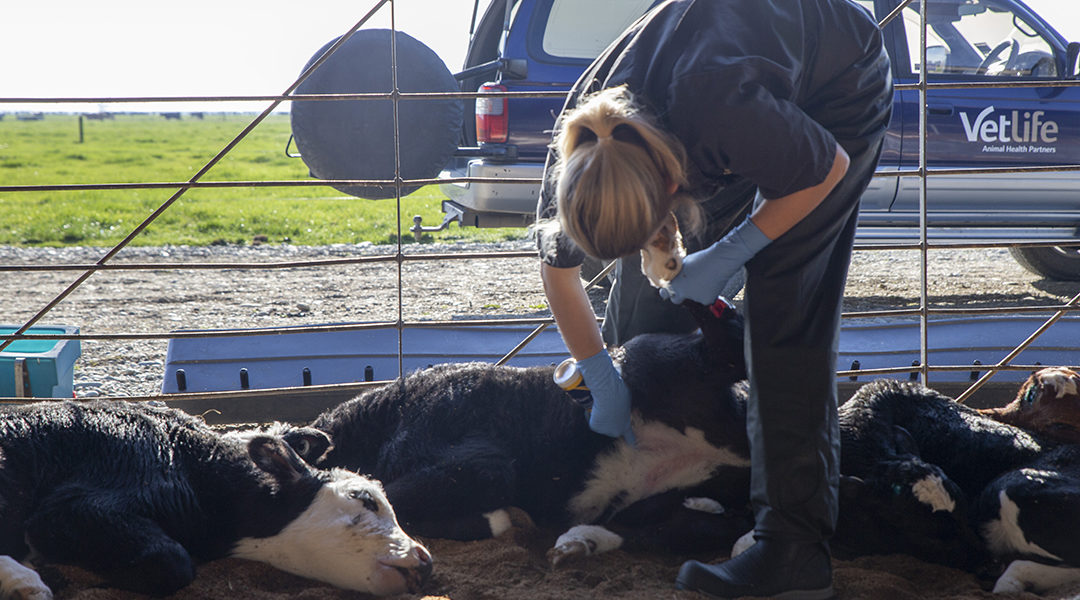
Disbudding is a routine yet essential procedure in New Zealand’s dairy industry, aimed at removing horn buds from young calves before they develop into full horns. This practice enhances safety for both animals and handlers and supports better herd management.
Horned cattle pose risks in handling, transport, and herd dynamics. Disbudding reduces injuries, improves animal welfare, and ensures compliance with transport regulations. Around two million calves are disbudded annually in New Zealand.
Disbudding involves removing the horn bud before it fuses with the skull. Vetlife offers two service levels:
Animal welfare is central to disbudding. Vetlife protocols include sedation (Xylazine), local anaesthetic via infiltration, and optional NSAIDs like Metacam for 72-hour pain relief. These measures reduce stress and improve recovery.
Since October 1, 2019, New Zealand law mandates the use of pain relief during all disbudding and dehorning procedures. This ensures humane treatment and aligns with national animal welfare standards.
Ethically, disbudding supports responsible farming by minimising pain and stress. Performing the procedure early and with appropriate analgesia reflects a commitment to animal welfare and sustainable farming.

Timing and age of calves: The ideal age for disbudding is between 2 to 4 weeks. At this stage, the horn bud is not fully fused to the skull, making removal easier and recovery faster. Younger calves are also less exposed to adverse weather.
Techniques for disbudding: Vetlife uses hot iron cautery under sedation and local anaesthetic. This method ensures precision and minimises trauma. Additional procedures like DNA/BVD testing, castration, and vaccinations can be performed simultaneously.
Common challenges: Challenges include timing, calf stress, and ensuring proper pain management. Delayed disbudding increases invasiveness and recovery time. Proper training and protocols help mitigate these issues.
Combining sedation, local anaesthetic, and NSAIDs is recommended for optimal welfare and recovery. Studies show improved growth rates in calves receiving full pain relief. Vetlife’s trained veterinary technicians perform disbudding without requiring a vet on-site, freeing veterinarians for emergencies. Technicians undergo rigorous training to ensure safe and effective procedures.
Post-disbudding, calves should be monitored for signs of pain, infection, or delayed healing. Recovery is typically smooth when performed early and with proper analgesia. Complications are rare but may include swelling, infection, or poor healing. Prompt veterinary attention and adherence to best practices minimize risks.
With evolving welfare standards and improved pain management, disbudding continues to advance. Vetlife remains committed to best practice techniques that prioritise calf welfare and farm efficiency.